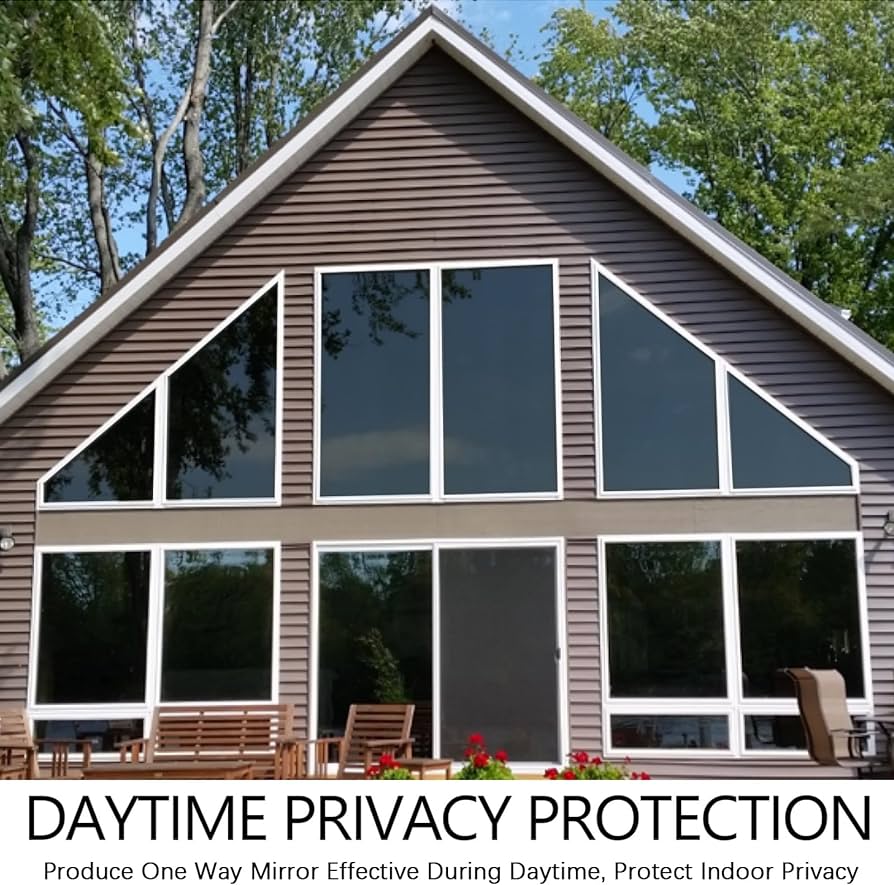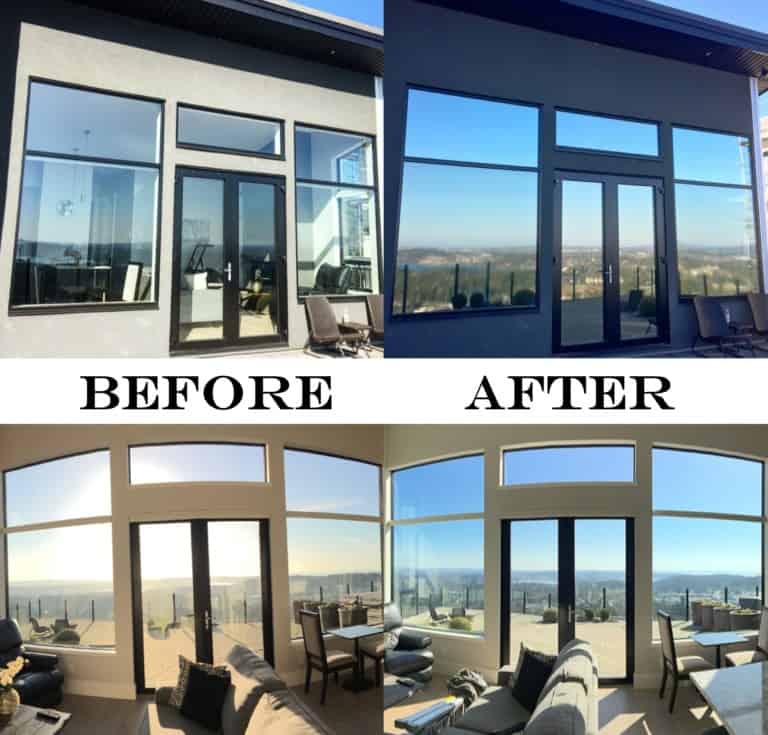Residential Window Tint for Big Windows: Preserve Comfort and Style
Residential Window Tint for Big Windows: Preserve Comfort and Style
Blog Article
How Residential Window Tinting Enhances Your Home's Power Performance
Residential window tinting offers a compelling remedy for house owners seeking to boost energy performance within their living rooms. By applying specialized movies to windows, it efficiently minimizes heat transfer, therefore supporting interior temperatures and reducing the demand for extreme heating or cooling.
Recognizing Home Window Tinting
Comprehending window tinting is crucial for property owners looking for to boost both comfort and power efficiency in their living rooms. Residential Window Tint. Home window tinting entails the application of a thin movie to the inside or outside surface of glass home windows. This film can considerably regulate the quantity of sunlight and warmth that enters a home, thus affecting indoor climate problems
There are numerous types of home window tinting films available, each with distinctive homes. The efficiency of window tinting is usually measured by its Visible Light Transmission (VLT) portion, which shows just how much light can pass through the film.
Benefits of Energy Efficiency
Home window tinting not only improves looks however also plays a considerable function in boosting energy efficiency within household areas. By minimizing heat transfer with windows, colored films develop an extra steady indoor environment, which can lead to significant decreases in power consumption for heating and cooling. This power effectiveness translates into lower energy expenses, offering house owners with considerable long-term cost savings.

In addition, window tinting boosts the comfort of living rooms. By lessening glow and blocking damaging UV rays, colored home windows develop a more positive setting, which can bring about enhanced health for passengers. The security against UV rays additionally helps protect furniture and flooring from fading, adding to the durability of household things.
How Tinting Functions
Tinting films run through a mix of sophisticated products and innovations made to regulate the quantity of solar power entering a home. Mainly made up of polyester, these movies commonly incorporate ceramic or metal particles that reflect and soak up warm. This twin capability enables them to dramatically minimize the penetration of ultraviolet (UV) rays and infrared radiation while allowing visible light to pass through.
The effectiveness of window tinting is determined by its solar warmth gain coefficient (SHGC), which suggests just how much solar power is transferred through the home window. Reduced SHGC worths are more effective as they signify higher warm being rejected. Furthermore, window colors can feature a variety of tones, permitting home owners to customize their aesthetic preferences while boosting energy efficiency.
Additionally, these movies function as an obstacle, stopping heat loss during cooler months by mirroring indoor heat back right into the living area. This thermal insulation result matches the air conditioning advantages acquired during warmer months, adding to a well balanced indoor climate year-round. By taking care of solar power efficiently, property window tinting not only improves convenience yet additionally plays a vital role in decreasing energy intake and lowering energy bills.
Choosing the Right Tint

There are different types of window films readily available, consisting of colored, metalized, and ceramic. Ceramic movies give exceptional warm control without compromising presence and are highly long lasting, making them a popular option.
Visible light transmission (VLT) is check over here another essential element, as it shows the quantity of all-natural light that can pass through the tinted glass. Homeowners ought to select a color with a VLT that complements their lights preferences while still supplying sufficient glow decrease.
In addition, assessing the solar heat gain coefficient (SHGC) can help establish how well a color can obstruct warm from sunlight. A lower SHGC shows far better heat control, eventually enhancing power effectiveness.
Installment and Maintenance Tips
Appropriate installation and maintenance are important parts in optimizing the advantages of residential window tinting. To attain optimum results, it is advisable to work with a qualified expert for installment. This makes sure that the tint is used appropriately, avoiding air bubbles, wrinkles, or imbalance that can jeopardize performance. Professionals additionally use specialized tools and techniques, which can boost the sturdiness and efficiency of the color.
Adhering to setup, maintenance is necessary to lengthen the life of the window film. It is advised to wait at least 30 days before cleaning the tinted windows to enable the adhesive to treat completely.
Additionally, routine examinations are valuable. Look for any peeling or bubbling, which could indicate inappropriate installment or use over time - Residential Window Tint. Attending to these concerns without delay can stop further damages and preserve dig this power efficiency. By sticking to these installment and maintenance ideas, home owners can guarantee their home window tinting proceeds to offer significant power financial savings and convenience for many years ahead.
Final Thought
To conclude, household window tinting offers as a reliable service for boosting power performance within homes. By lowering heat transfer and blocking hazardous UV rays, window movies add to lower energy intake and boosted indoor comfort. The choice of proper tinting products, together with appropriate installation and upkeep, better takes full advantage of these advantages. Ultimately, window tinting represents a lasting investment that not just reduces utility bills however additionally advertises a comfy living environment throughout the year.
Window tinting includes the application of a slim movie to the interior or outside surface of glass home windows. By decreasing warm transfer with windows, tinted movies create a more secure indoor environment, which can lead to significant reductions in energy consumption for home heating and cooling.The Look At This performance of home window tinting is gauged by its solar warmth gain coefficient (SHGC), which shows how much solar energy is transferred with the home window. By managing solar energy efficiently, property home window tinting not just improves convenience but likewise plays a vital function in decreasing power consumption and reducing utility bills.
By decreasing heat transfer and obstructing dangerous UV rays, window films contribute to reduce energy consumption and enhanced indoor comfort.
Report this page